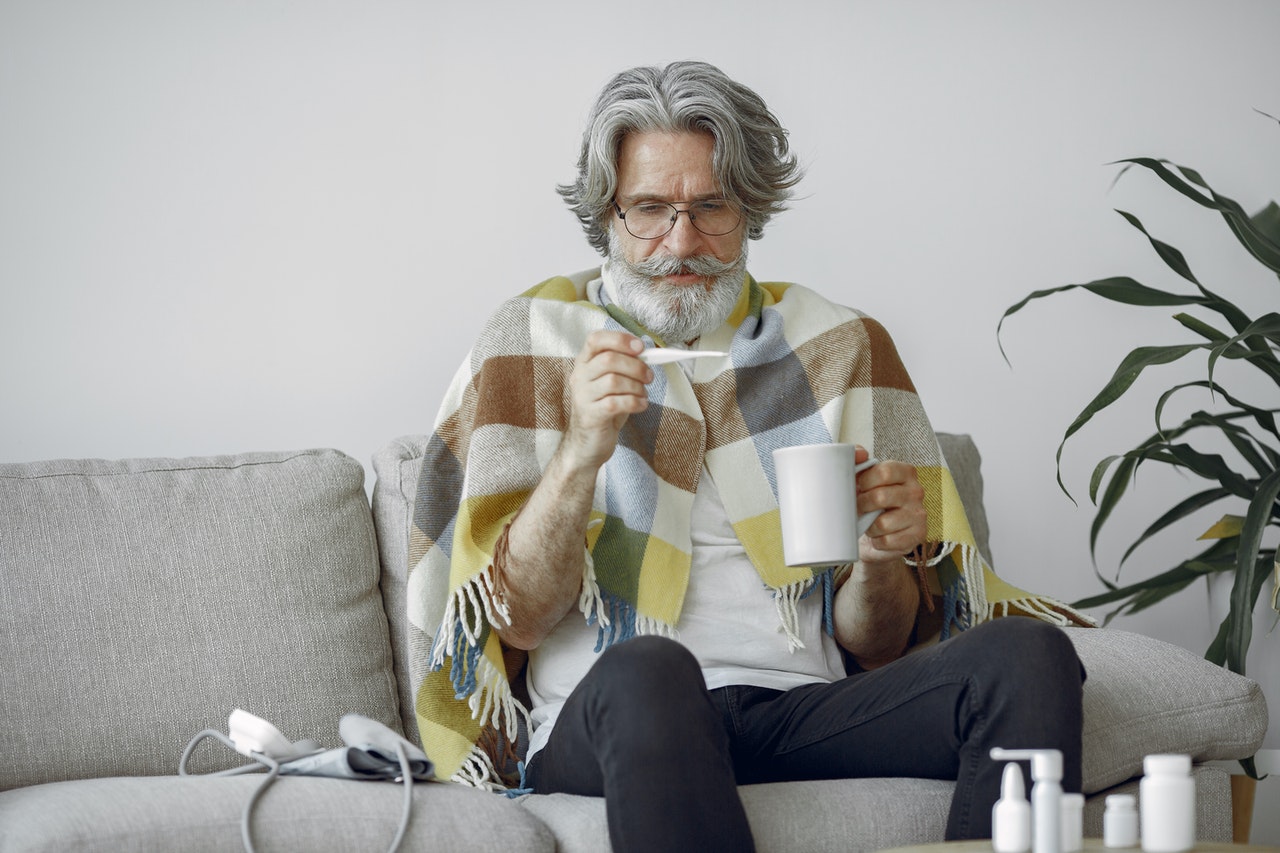Beautiful Work Info About How To Deal With Fever

You may be able to treat the fever at home with the following methods:
How to deal with fever. Has a fever after being left in a hot car. If you do have a fever, remember this: Pinching the hand.
Seizure loss of consciousness confusion stiff neck trouble breathing severe. These recommendations are for people who are generally healthy — for. Has a fever that lasts longer than three days.
Has a seizure associated with the fever. Dehydration can be one sign of a fever. 6 minutes choose the health content.
Learn how to check if you have a high temperature, treat it at home and when to see a gp. How to break a fever 1. Why causes chills?
So should you treat a fever or let the fever run its course? Seek medical help right away if you have a fever along with any of these symptoms: Here's help making the call.
A fever is a rise in body temperature. Take your temperature with a thermometer. Any body temperature over 98.6°f (37°c) is considered a fever, though fevers lower than 103°f (39.4°c) in adults.
When a fever is accompanied by mild symptoms, such as general discomfort or dehydration, it can be helpful to treat elevated body temperature by: In addition to temporarily reducing your fever, they’ll help you feel a little less. Coronavirus resources how to treat a fever from coronavirus at home april 16, 2020 adventhealth estimated read time:
A high temperature is usually 38c or above and can be a sign of an infection or other. It's usually a sign of infection. How to deal with cabin fever what is it?
Keep reading to learn more about why a fever may cause chills, how and. There are many viral and bacterial infections that can cause a sudden fever with chills. Fever itself is not an illness—it’s a symptom of one.
Chills are a feeling of coldness occurring during a high fever, but they can also sometimes occur on their own without a fever. When to get help bottom line cabin fever is often associated with being cooped up on a rainy.


















